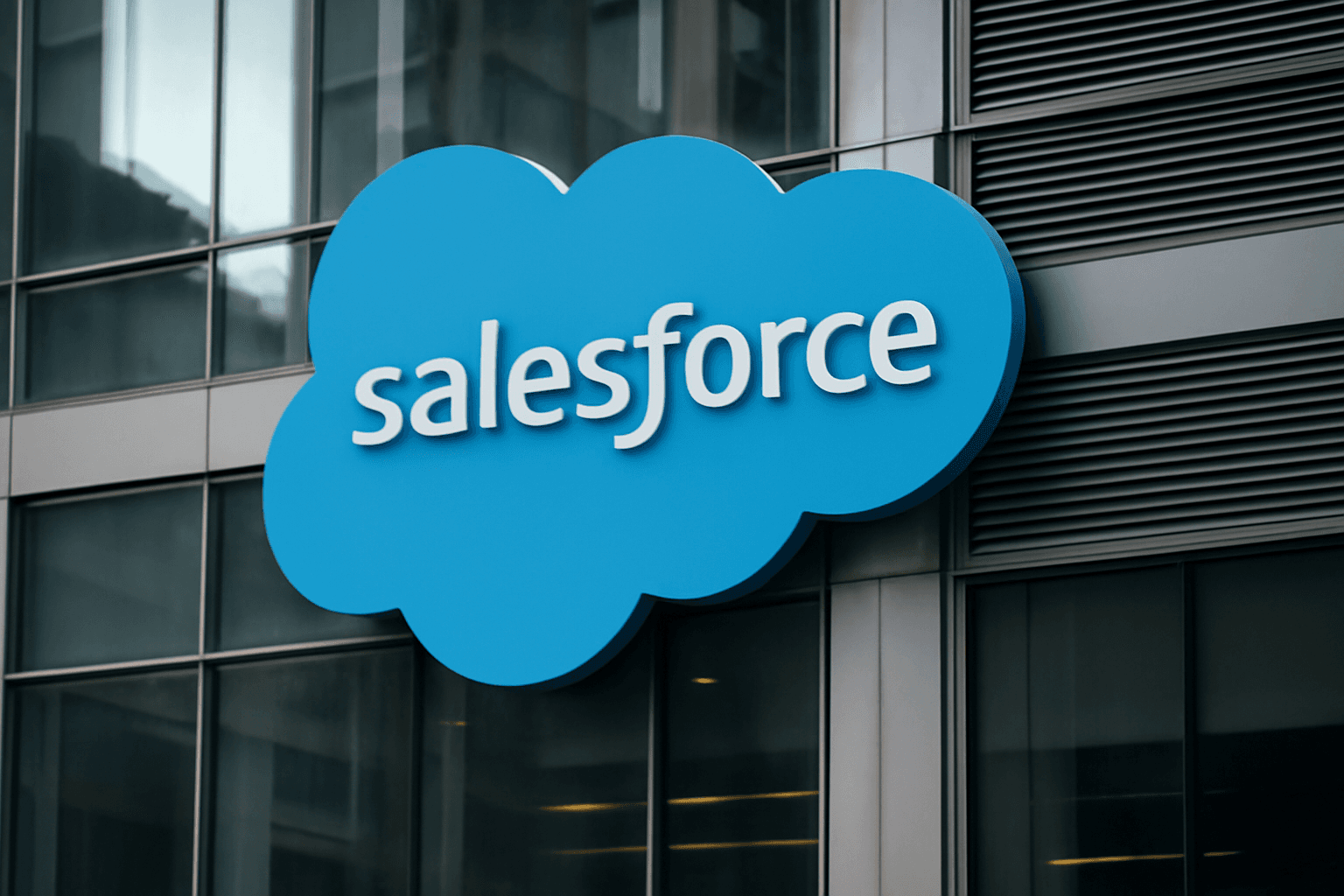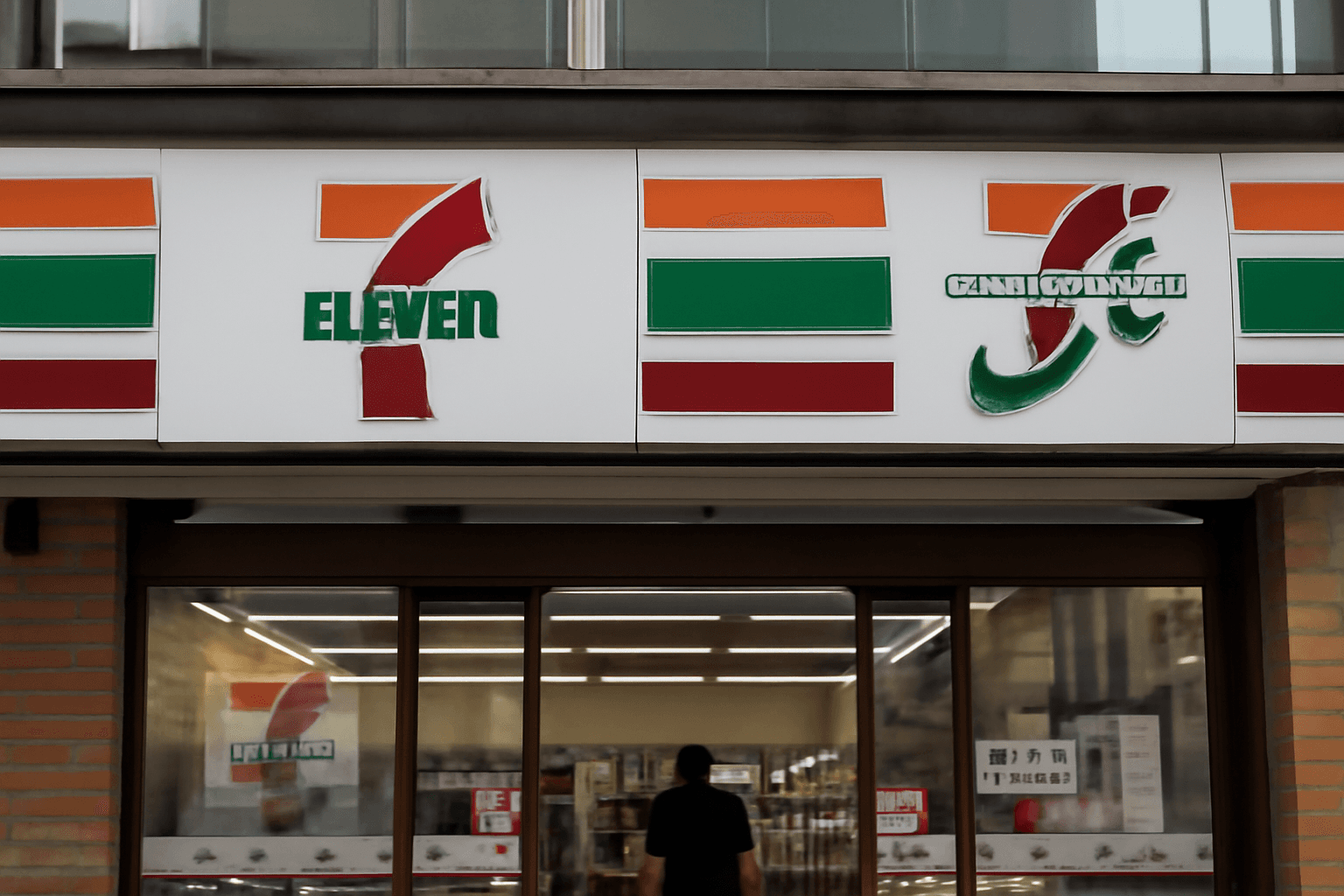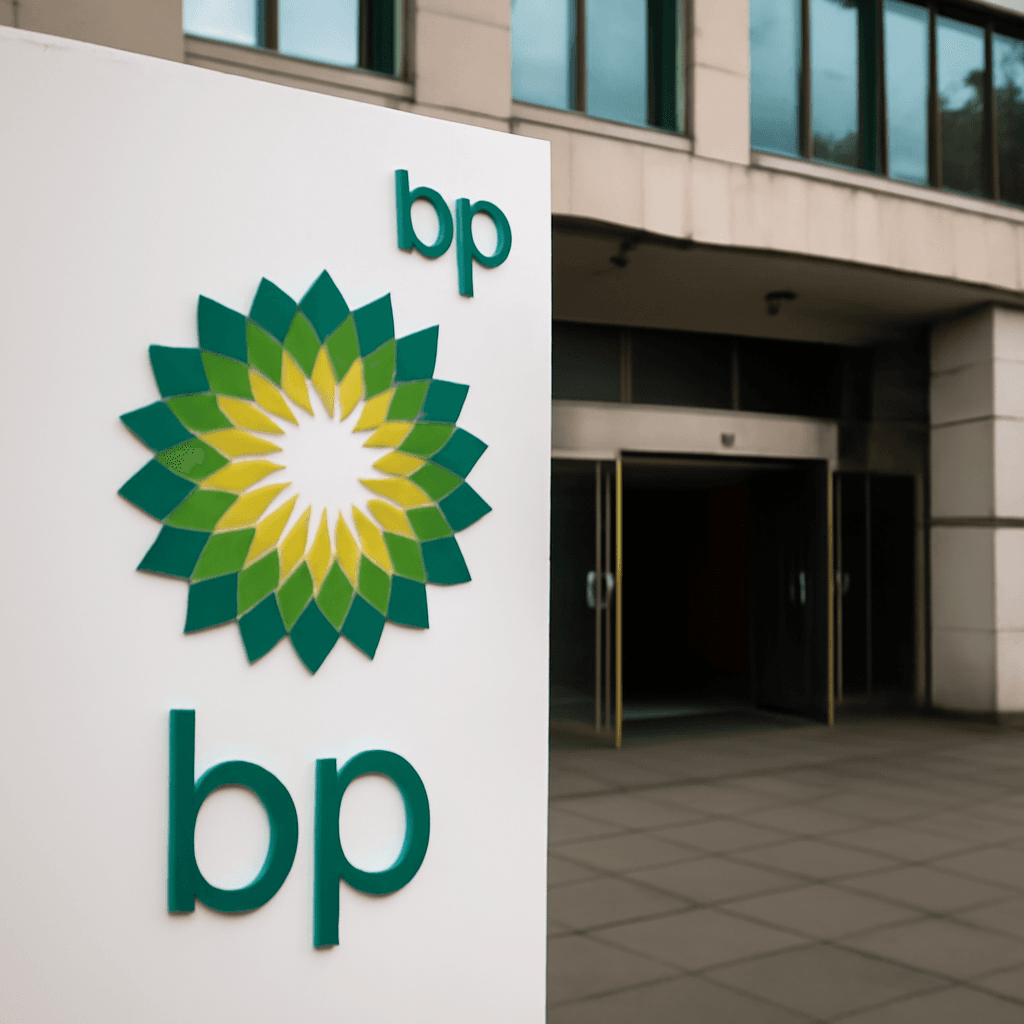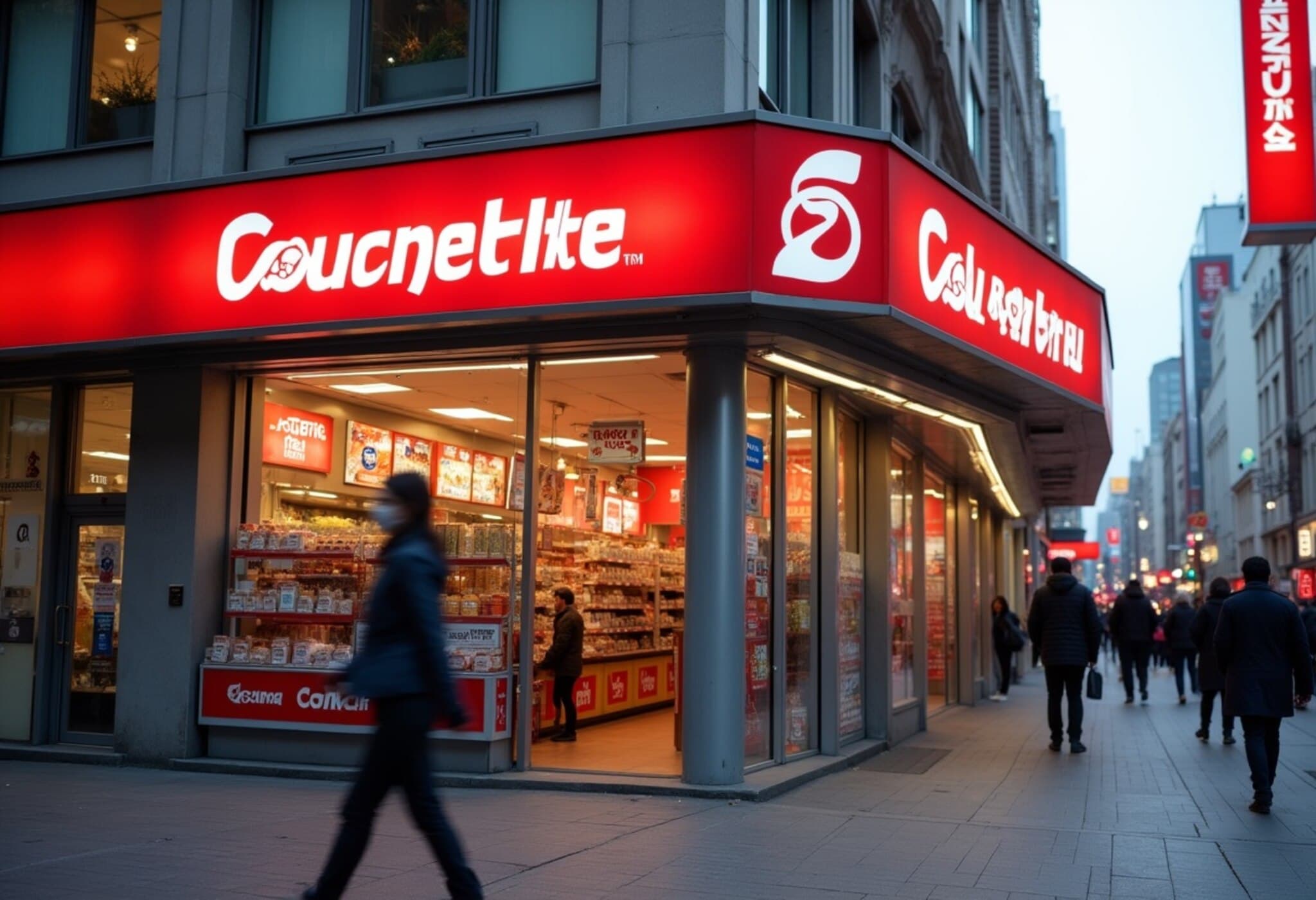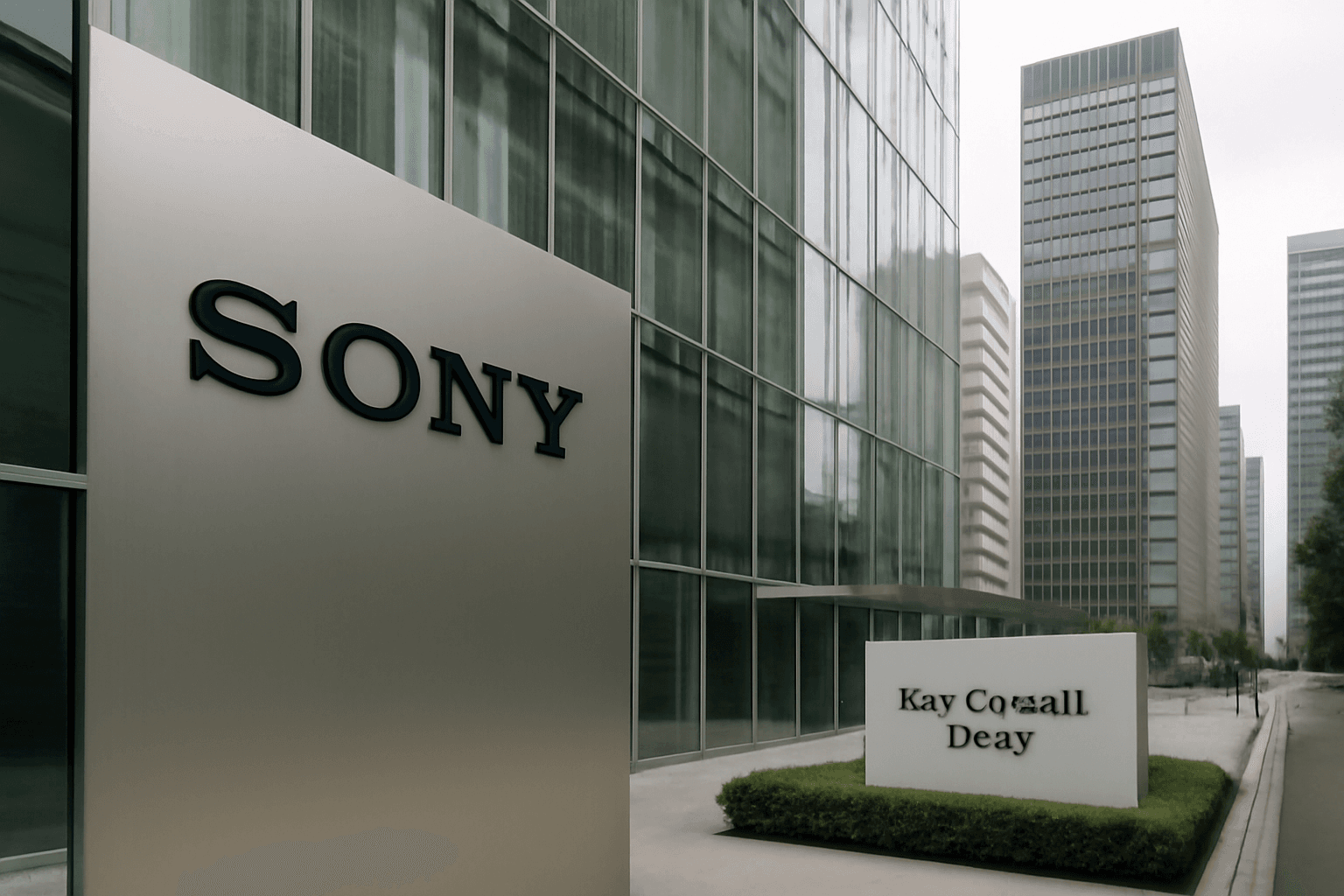European Companies Opt for Smaller Acquisitions Amid M&A Caution
In a shift that reflects both prudence and strategic agility, many European corporations are increasingly steering away from large-scale mergers and acquisitions (M&As). Instead, they are focusing on smaller, bolt-on acquisitions—targeted deals aimed at complementing existing portfolios and enhancing competitive edge without the overwhelming risks of headline-grabbing mega-mergers.
Why the Move Toward Bolt-On Deals?
Flush with strong earnings and healthy cash reserves, several European firms are recalibrating their M&A strategies. The appeal of smaller deals lies in their ability to deliver growth, innovation, and market expansion with significantly less regulatory scrutiny and integration complexity. As Logitech CEO Hanneke Faber put it following the company’s robust quarterly results, M&A remains a critical pillar of capital deployment but with a measured, value-driven approach.
Logitech’s stance is echoed by Markus Kobler, CFO of Germany’s DWS Group, who emphasized patient, opportunistic capital allocation. With over €800 million in excess capital, Kobler highlighted that while their firm has no pressing need to acquire, they remain vigilant for strategic targets that make sense.
Sector Perspectives: From Energy to Consumer Goods
The energy sector illustrates this paradigm well. Shell CEO Wael Sawan decisively rejected the 'bigger is better' mentality prevalent among some U.S. competitors. Instead, Shell prioritizes smaller, value-accretive acquisitions like the $510 million stake purchase from TotalEnergies in a Nigerian offshore oilfield. These deals help the company grow steadily without attracting the regulatory and political hurdles that massive tie-ups often trigger.
Similarly, in the financial services sector, Italy’s UniCredit abandoned its ambitious Banco BPM acquisition after encountering significant political resistance, including the government’s 'golden power' rights to block strategic transactions. CEO Andrea Orcel acknowledged the need to cut losses and focus on more controllable ventures, reflecting a broader European context where political dynamics increasingly influence M&A feasibility.
Operational Challenges and Integration Risks
A crucial factor steering firms toward smaller deals is the daunting task of integrating large acquisitions. German supplier Schaeffler, still in the throes of assimilating its recent Vitesco Technologies purchase, is cautious about adding complexity. CEO Klaus Rosenfeld described their current leverage and integration burden as limiting their appetite for further high-risk mergers.
The Strategic Advantages of Bolt-On Acquisitions
- Targeted Growth: Acquiring smaller competitors or niche players helps firms expand their customer bases and capabilities incrementally.
- Reduced Regulatory Scrutiny: Smaller deals tend to evade the intense antitrust and political review that can delay or derail mega-mergers.
- Manageable Integration: Easier operational integration minimizes disruption and preserves core business momentum.
- Flexibility: Allows businesses to pivot and adapt their acquisition strategies as market conditions shift.
Real-World Examples Across Europe
French industrial leader Saint-Gobain emphasized a selective acquisition approach that complements their existing technologies and client portfolios across continents. Meanwhile, Swiss flavor and fragrance company Givaudan actively seeks small acquisitions, including recent buys in Italy and Brazil, focusing on enriching client books and entering pet food—a high-growth segment with promising prospects.
Dutch retailer Ahold Delhaize also illustrates this trend, defusing speculation around a mega-merger with Carrefour by highlighting its strategic €1.3 billion acquisition of Romanian chain Profi. CEO Frans Muller confirmed that the company maintains an open, measured eye on market opportunities both in Europe and the U.S., emphasizing economic fit and strategic alignment over sheer deal size.
Expert Insights on European M&A Trends
The growing preference for bolt-on acquisitions underscores a broader European market dynamic where geopolitical and regulatory environments shape deal-making. In the U.S., mega-mergers often face similar pressures, but Europe's fragmented regulatory landscape and political sensitivities add layers of complexity. This environment incentivizes companies to innovate through smaller, less risky deals.
Additionally, these strategies reflect an evolving understanding of shareholder value. Rather than pursuit of growth for growth’s sake, companies prioritize value creation and risk management. With global economic uncertainties—ranging from inflationary pressures to supply chain vulnerabilities—smart capital allocation has never been more critical.
Looking Ahead: The Future of M&A in Europe
As we progress through 2025, the European M&A landscape appears poised to favor nimbleness over headline-grabbing scale. Companies with robust balance sheets may increasingly embrace a portfolio of strategic, bolt-on acquisitions that build competitive strength sustainably.
This trend also raises critical questions for policymakers and investors alike. How will regulators balance the need to foster healthy competition while supporting companies’ growth ambitions? What will be the long-term impact on innovation and market consolidation? And importantly, how will companies adapt their strategies as the geopolitical winds shift?
Editor's Note:
The marked shift toward smaller, more targeted M&A deals among European firms signals a maturing, risk-aware market environment deeply influenced by political and operational realities. For readers following global business trends, this phenomenon serves as a reminder that in today’s complex economic landscape, strategic precision often trumps size. As companies continue to navigate these waters, keeping a close eye on cross-sector developments will be essential. How firms balance ambition with caution will shape not only their futures but also the broader contours of European and global industries.



